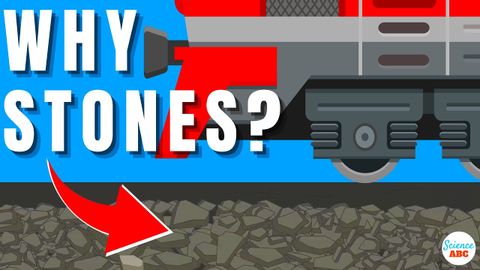鐵軌旁為什麼要放石頭?原來它們超重要!(Why Are There Stones Along Railway Tracks?)
 沒有此條件下的單字
沒有此條件下的單字US /ˈkɑnstəntlɪ/
・
UK /ˈkɒnstəntli/
- n. (c./u.)串;束;一群人
- v.t.使成一串
- v.t./i.打褶
US /ɪk'strimlɪ/
・
UK /ɪkˈstri:mli/
- adv.極端地 ; 非常地;非常;從極端的角度來看
US /ˈkɑmprəˌmaɪz/
・
UK /'kɒmprəmaɪz/
- v.t./i.讓步;折中;妥協;連累;危及;洩露
- n. (c./u.)妥協
